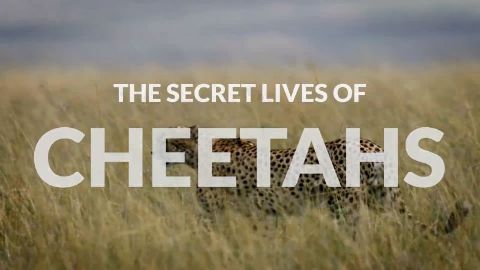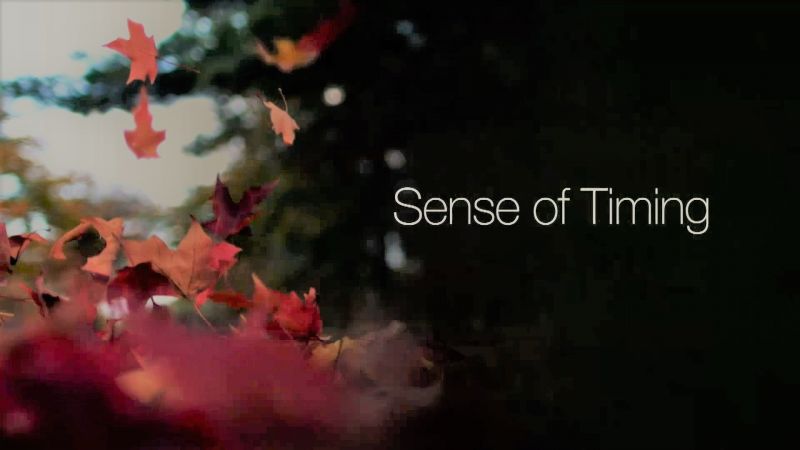Human • 2023 • episode "S1E7" • Planet Earth III
The ways in which wild animals have adapted to survive in human population centres, from cobras in India hunting in houses, to macaques in Bali stealing mobile phones to barter with temple staff in return for food. Rhinos walk through the streets of Sauraha, Nepal, while in Australia, tawny frogmouths find streetlights useful in catching prey, but have to avoid being eaten by household cats.
Make a donation
Buy a brother a hot coffee? Or a cold beer?
Hope you're finding these documentaries fascinating and eye-opening. It's just me, working hard behind the scenes to bring you this enriching content.
Running and maintaining a website like this takes time and resources. That's why I'm reaching out to you. If you appreciate what I do and would like to support my efforts, would you consider "buying me a coffee"?
Donation addresses
BTC: bc1q8ldskxh4x9qnddhcrgcun8rtvddeldm2a07r2v
ETH: 0x5CCAAA1afc5c5D814129d99277dDb5A979672116
With your donation through , you can show your appreciation and help me keep this project going. Every contribution, no matter how small, makes a significant impact. It goes directly towards covering server costs.














